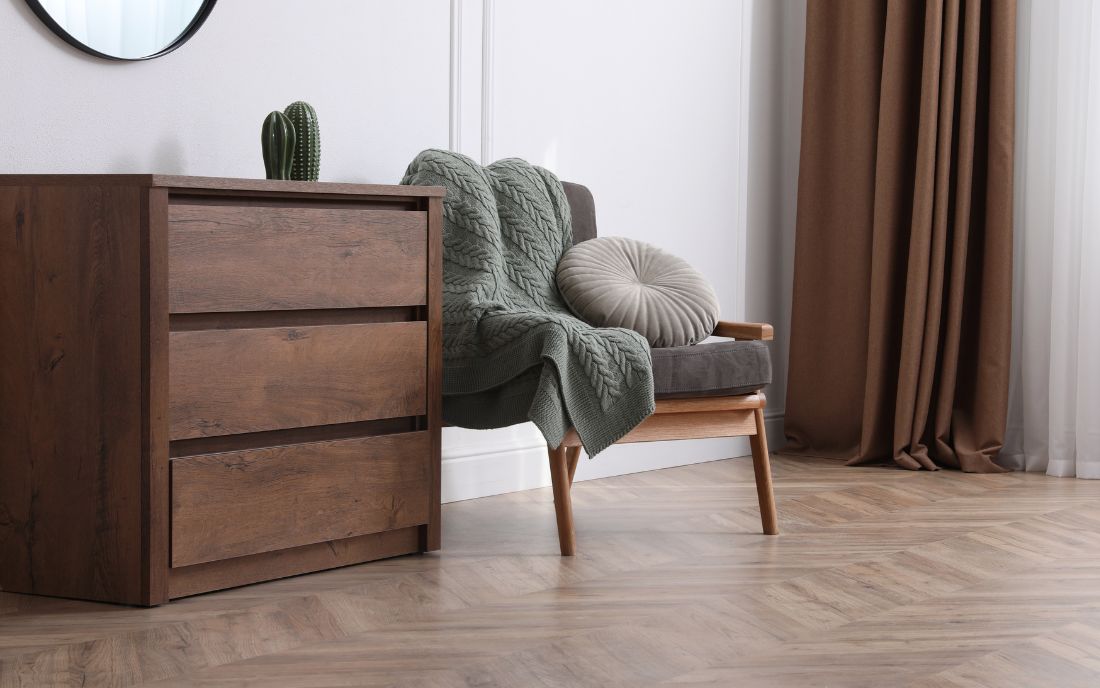
Interior design is comprised of many design elements. Textures, whether rough, smooth, or beyond, are a key component of interior design, and that’s not exactly a secret. However, what is it about a surface’s texture that makes it such a critical part of home designs? Answering this question will give you more context to use when designing the perfect home layout. Continue reading if you’re ready to discover the importance of using texture in your home décor.
Elevating Your Aesthetic
Creating a personalized aesthetic at home requires focusing on a lot of details, and décor color is near the top of the list. Once you choose a color palette, you can start exploring ways to echo the aesthetic outside of the wall and ceiling paint. For instance, if your color palette reflects a rustic tone, you can search wooden living room furniture to find worn, aged, and natural textures to further capture your desired aesthetic. Appealing to senses like touch helps create a very distinct feel, both literally and aesthetically, when choosing home décor.
A Transformative Element
Now that you see what makes texture unique in an overall aesthetic, we can look at how extensively textures can transform a space. In other words, texture is a great tool for channeling specific memories, places, and other elements you want to bring to your home décor.
For instance, if you want to create a more inviting living space, a soft, fuzzy texture can create that effect because of its association with blankets, children’s toys, and more comforting items. You can also use this same principle to create feelings of nostalgia, relaxation, and more; it all comes down to what a specific texture makes you think of when you see it at home.
Strategizing Décor Textures
The importance of using texture in your home focuses primarily on the visual and emotional effect that these elements have on you. However, this doesn’t mean you should start adding random décor just to incorporate more distinct textures. Instead, think about what your room needs functionally. You can focus on better storage, a sturdy coffee table for relaxing, or a comfortable chair for work—your options are vast.
Once you find a functional improvement to make in the room, explore the aesthetic opportunities available, including its texture. As mentioned above, wood furniture can come in aged styles for a rustic theme, but smooth wood pieces are available for a cleaner appearance. Both pieces have their place, but how will they impact your living space? Now that you have this rundown of placing textures at home, you can start exploring that question with excellent, eye-catching results.
